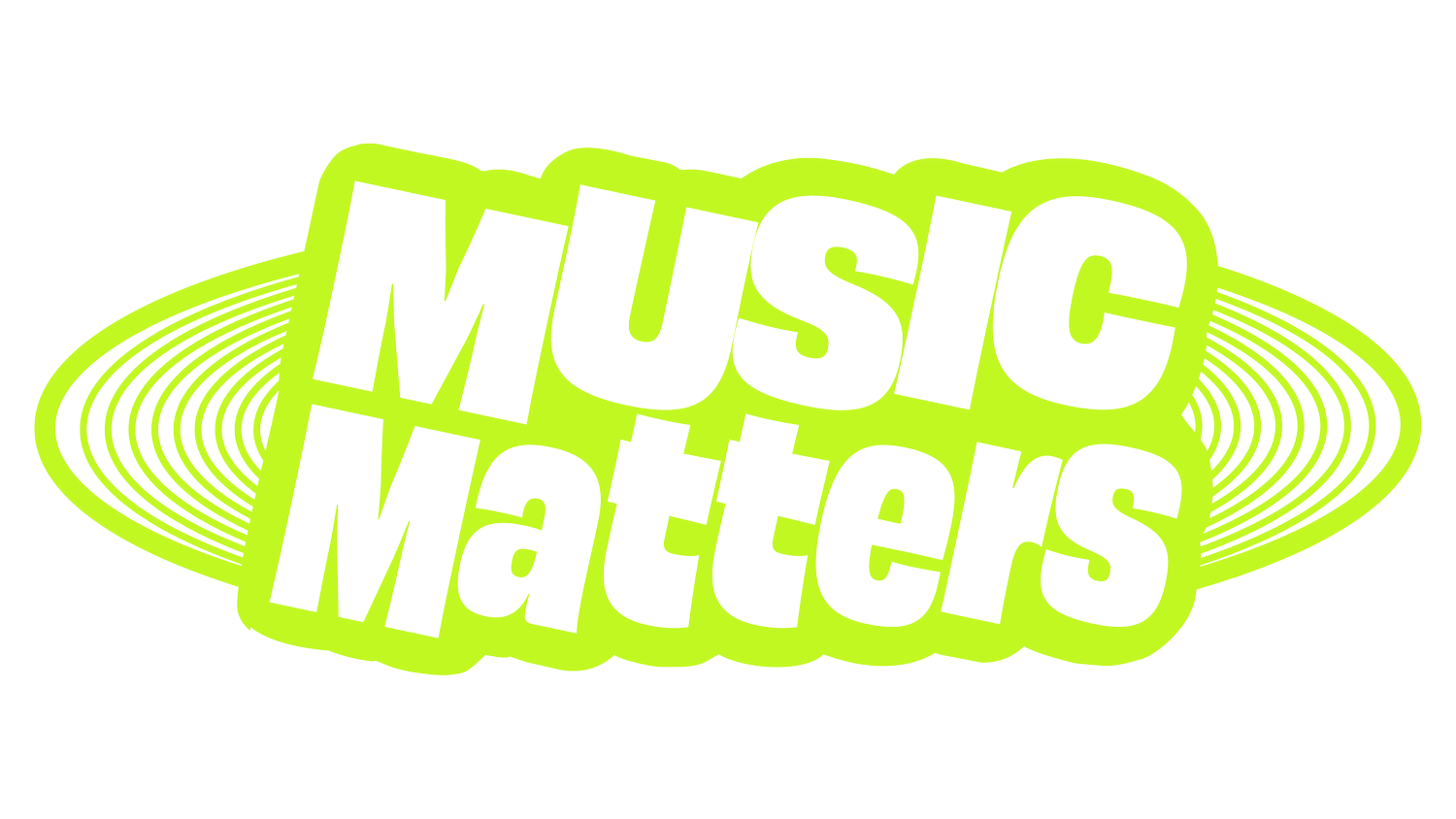Ines Izquierdo
Take a moment, think of your favorite song. Or if you’re like me and can’t choose one, think of one of your favorites. There’s something about it that’s different from other songs, right? Maybe it’s the lyric that put your emotions into words or a particular melody that moved you. For whatever reason, that song stands out to you. Its uniqueness is what makes it meaningful.
A few years back, I began feeling like uniqueness was getting harder to find; new songs seemed like slight variations on a stale sonic blueprint. I was worried. Could it be that as I got older music could no longer surprise me? Had I heard everything there was to hear? Were artists out of original ideas?
Determined to identify why music had become lackluster, I immersed myself into the expansive universe that is the music industry by reading criticism and watching artists document their creative processes on YouTube. A couple years later, I found what I was looking for: Popcast. The New York Times’ podcast on music news and criticism confirmed I wasn’t imagining this problem. According to Popcast host and music critic Jon Caramanica, monotonous music is a real issue resulting from an emergent streaming platform turned music industry monolith: Spotify.
*Cue dramatic gasp from the audience*
I know, I know. Our beloved Spotify couldn’t be the root of the problem, right? Hear me out. As of Spotify’s founding 14 years ago, we have seen the meteoric rise of streaming platforms and thus artists’ dependency on streaming numbers. The process is cyclical; the more streams a song gets, the more likely it is to make it onto a recommended playlist which leads to even more streams. Consequently, artists often alter certain elements of their music to fit criteria that could facilitate Spotify success.
For a stream to be counted, users must listen to at least 30 seconds before skipping the song. Artists consider this when making music. In their piece “Has 10 Years of Spotify Ruined Music,” critics Ben Beaumont-Thomas and Laura Snapes argue that “singles are tailored to beat the skip-rate… [and] hooks and choruses hit more quickly.” Essentially, many artists add the catchy segments of the song within the first 30 seconds so you won’t skip forward, resulting in most songs having a similar introductory structure.
The second element is the song’s overall structure. Because only the first 30 seconds are necessary for the stream count, the rest of the song loses importance. According to Dan Kopf in his report “The Economics of Streaming is Making Songs Shorter,” the average song on the Billboard Top 100 decreased by 20 seconds in the past five years alone. Why would artists shorten their songs? It’s not because they’re lazy. By making a song short, they expect people will play it more than once. In five minutes you can listen to a long song once or to a short song twice. Double the streams.
The last element is the overall sound of a song—the vibe if you will. The emergent genre that critics call “Spotifycore” encompasses the sound that dominates current playlists. In her article “Streambait Pop,” Liz Pelly describes it as the now-popular “chill-pop-sad-vibe.” The idea behind this genre is for all songs on a playlist to blend seamlessly so you never have the urge to press skip. The songs deliberately sound the same.. Not only is the structure and duration of a song being influenced by streaming platforms, but so is the music itself.
If you’re starting to despair, as I was when I first heard of this, I understand. It feels as though music is becoming intentionally generic and us listeners will suffer as we scramble to find songs that, well, hit different. That said, I promise Spotify is not the root of all evil. It’s not any streaming platform’s intention to homogenize music, and we must acknowledge that these platforms do have countless advantages. They have democratized access to music by making it easier and cheaper, we can discover new artists more easily, and when we’re not sure what to listen to we can throw on a playlist. Besides, would we all go cancel our subscriptions? No. So what do we do?
I propose we become more cognizant of how we use streaming platforms. It's okay to occasionally click on a Daily Mix playlist, but I believe the solution is for us to explore Spotify’s vast array of music on our own. In the first Popcast episode I listened to, Caramanica says streaming is “an entry point… useful for a person who’s curious.” So let’s be curious. Break out of your playlist ecosystem and go down a Spotify rabbithole or check out what your friends are listening to. Look into what music critics are writing about and give the artist you’ve never heard before a chance. Above all, remind yourself of the reason we listen to music: to spot(ify?) a new song that reflects a part of ourselves.

